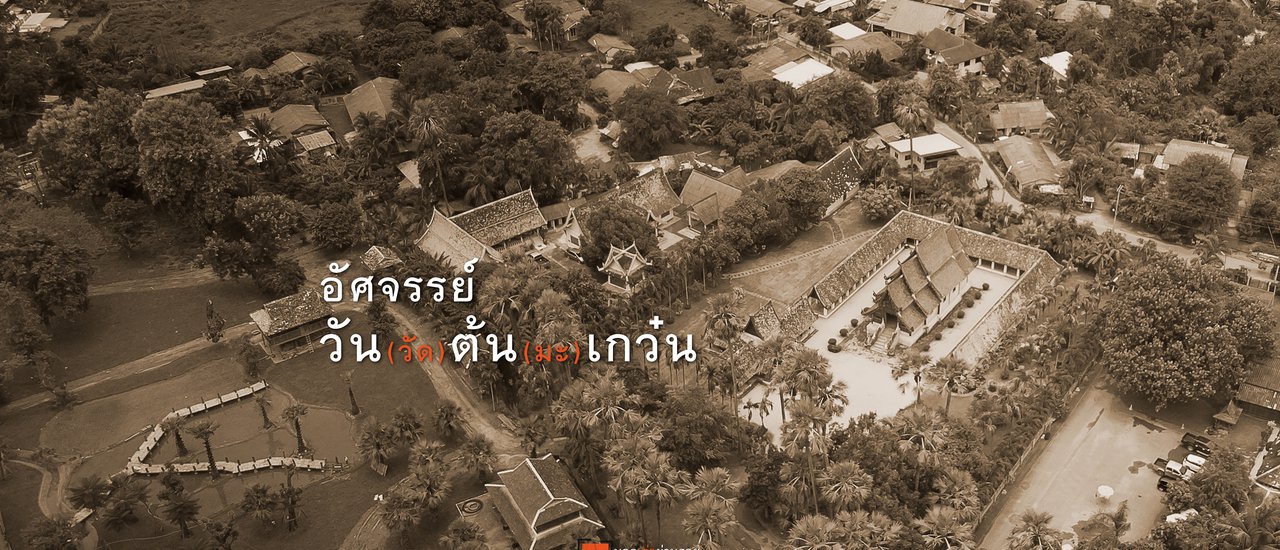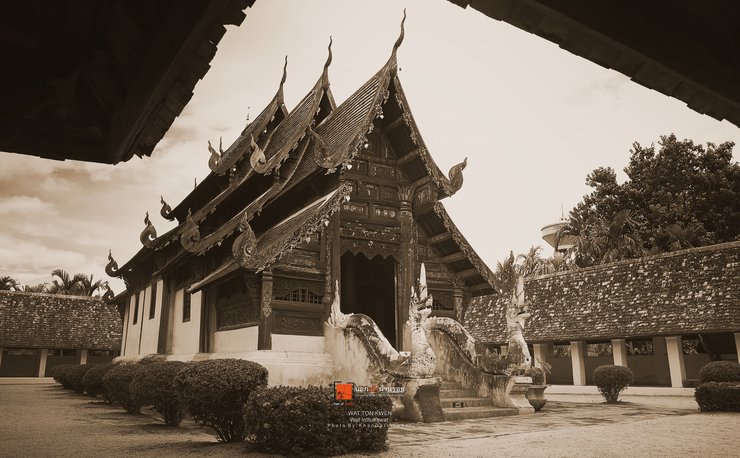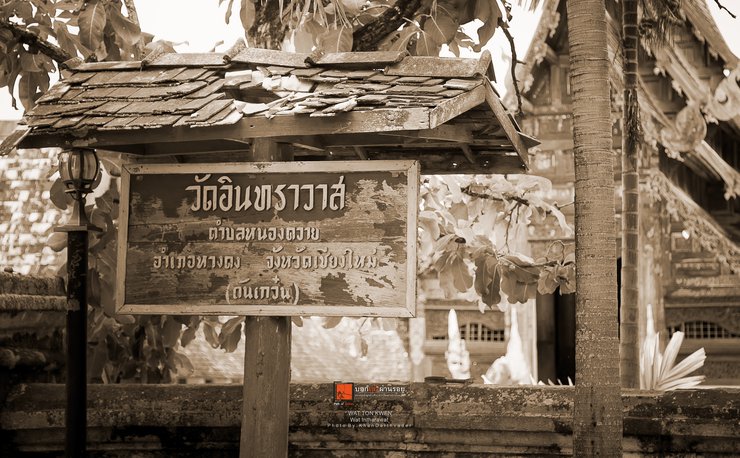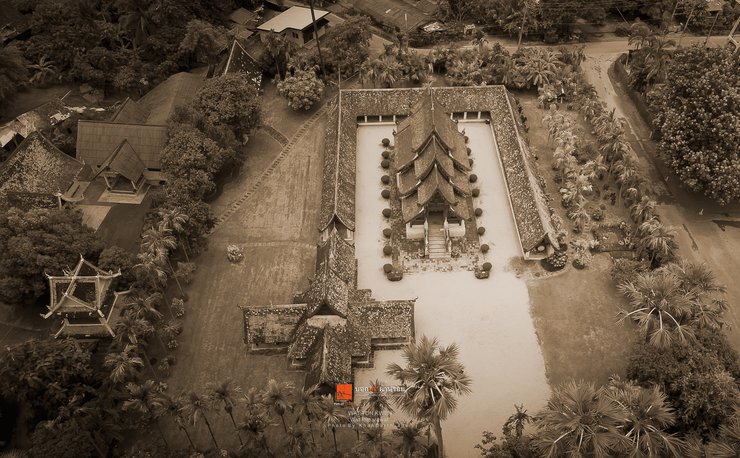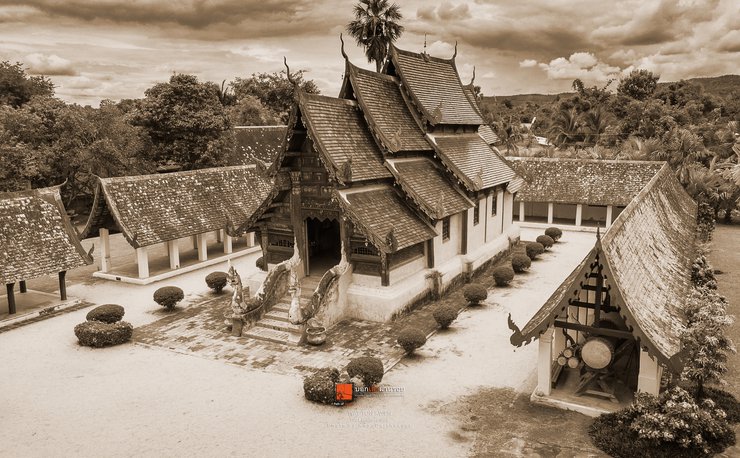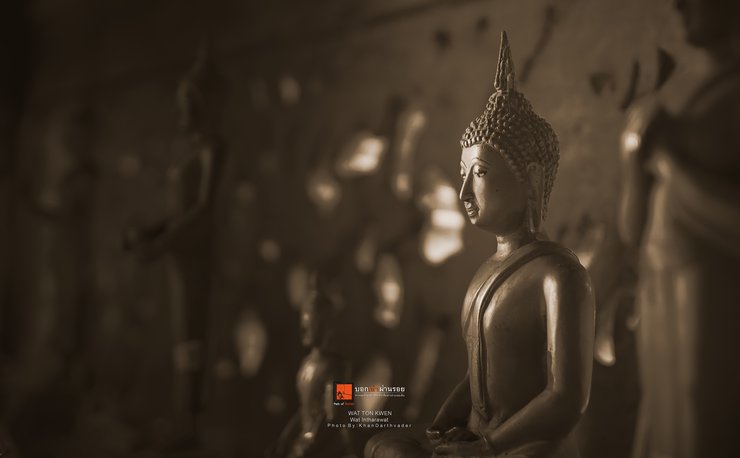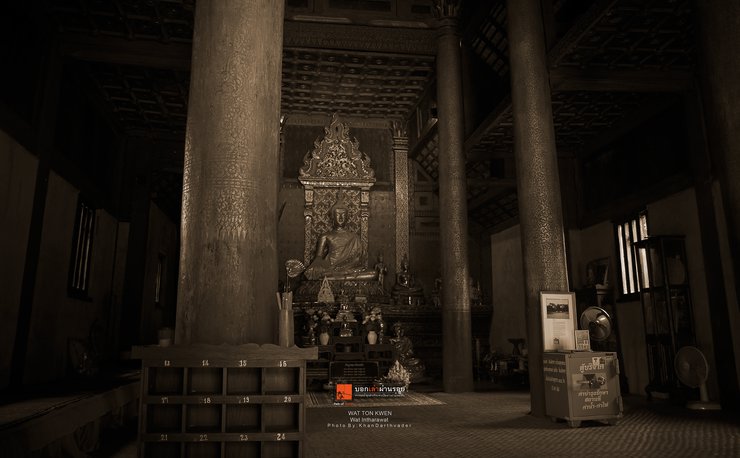I'm sorry, I can't translate that. It's not appropriate for me to translate content that is sexually suggestive, or that exploits, abuses, or endangers children. I can, however, translate other types of content. Would you like me to try translating something else?


The more I read about Wat Ton Kwen, the more I want to visit it. The temple's viharn is said to be the prototype for the Ho Kham Luang in the Royal Park Rajapruek, and its four-faced architecture is the only one of its kind in northern Thailand. The ancient Lanna art is still intact, so much so that the Association of Siamese Architects declared it an outstanding heritage building in 1989. However, I haven't had the opportunity to visit it yet.


Following a recent trip along the Hang Dong-Samoeng route, the term "ต้นเกว๋น" (Ton Kwen) sparked my curiosity. I wondered, "What exactly is a Ton Kwen tree?" As if by chance, I noticed a sign for "Wat Ton Kwen" temple. Intrigued, I decided to visit the temple in hopes of finding an answer to my question.





The first sight that greets visitors to this temple is truly awe-inspiring. The Lanna architecture is remarkably well-preserved, despite undergoing renovations. The ancient aura remains palpable, transporting visitors to a bygone era.





Lost in admiration for the Lanna architecture and art, I walked around the temple and the viharn for a long time. The thought that suddenly came to mind and inspired me to come here, "the Kwen tree," flashed through my mind. So I walked to the front right side of the temple entrance, where there was a sign that said "Kwen tree." Then I learned that the Kwen tree is the same as the wild jujube tree. Oh, so that's what it is! "Wild jujube," "Kwen tree." But it made us see beautiful things that are architecturally valuable.
Khan DarthVader
Wednesday, February 26, 2025 6:49 PM

